Definition: Strategic Management is understanding the management’s aim and making a strategy to accomplish such aims by efficiently utilizing an organization’s resources. It is mainly concerned with describing the management about its environment, developing strategies to comply with that environment and assuming that the application of strategies takes place.
In short, it defines the analysis and actions of the management in order to construct and assist competing advantages to the business.
Content: Strategic Management
Strategic Management Process
The core areas of the strategic management process are as follows:
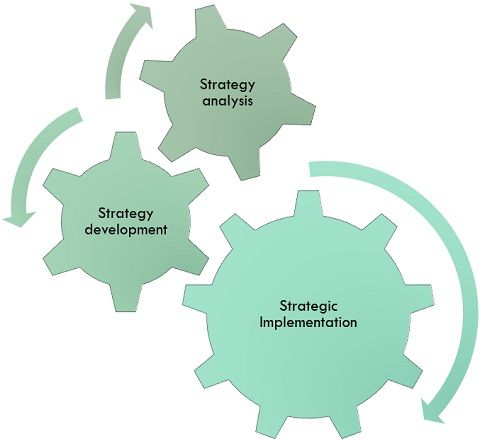
1. Strategic analysis: The administration, its missions, and targets have to be tested and evaluated. Strategic Management helps in generating more profit for the members of the organization. Generally, the senior managers are the one who establishes the regard of the organization’s comprehensive purposes in the long feasible terms and also evaluates the assets of the organization.
2. Strategy development: The strategy privilege has to be developed and then preferred to be successful, the strategy is expected to be assembled on the precise experience of the organization and the exceptional accords that it has or can establish with those outsides- suppliers, consumers, dealers, and government. For many organizations, this will imply establishing dominance over opponents that are continuous over time. Amongst various available options, one or more will have to opt.
3. Strategy Implementation: The selected preferences now have to be enforced. There may be extensive complications in terms of encouragement, influence relationships, government consultation, company procurements and many other consequences. A strategy is not worth the paper; it is written-on if it not enforced.
Further, a process of strategic management planning subsists of a sequence of associated, subsequent and regular steps that serve some results. This process becomes easily understandable through five distinct components shown in the figure below:
Need for Strategic Management
Strategic Management is mandatory and imperative for the following reasons:
- There are enormous external variables whose content does not remain the same. They have a deep impression on the management’s operations, especially if it is a large organization.
- These variables comprise – The growing global surroundings, economical movements, legal and political forces, social gestures and dramatic shifts. Strategic policies must have provisions to confront with these dynamic situations.
- Natural resources are getting minimal day by day; the organization must figure out how to fight for these resources and how to allot and utilize them adequately.
- The profile of the personnel and the structure of the human resources are establishing on a regular basis. Staff is getting more skilled with the outcome that routine, monotonous work now passed on to a computerized level. It is undoubtedly mandatory to have an appropriate reposition of human resources.
- There has been an outburst of knowledge availability, discharge and usage. This has expanded exceedingly the amount and type of knowledge gathered in databases and its utilization. Consecutively, this influences to increase awareness and the capability to plan adequately over a long-term.
Benefits of Strategic Management
Following are the benefits of Strategic Management:
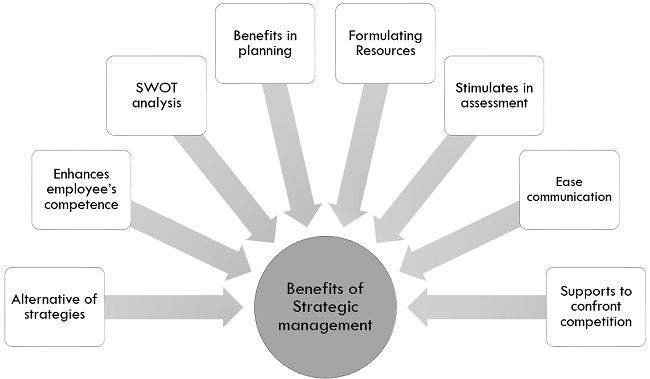
1. Alternative of strategies: It helps the organization to opt for the best strategy options considering all possible pros and cons of the market environment.
2. Enhances employee’s competence: It benefits personnel of the organization to execute their duties with a proficiency which serve to increase their efficiency.
3. SWOT analysis: It is a study by the organization to understand its strength, weakness, opportunities and threats. It helps the trade to keep momentum with the dynamic essence of the environment stirring to the company. SWOT analysis comprises of four factors; they are as follows:
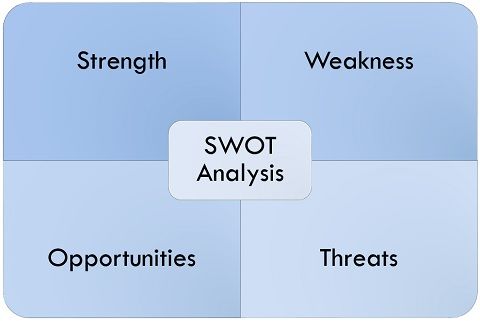
4. Benefits in planning: Strategic Management benefits the organization to construct economic planning.
5. Formulating Resources: Organizing adequate resources becomes possible only when the management has a systematic plan regarding what, where and how the resources have to be utilized.
6. Stimulates in assessment: To make sure that the strategies and plans of the organization are effective and efficient; Strategic Management becomes a decisive aspect.
7. Ease communication: For accomplishing the objectives, Strategic Management needs to have appropriate communication and governance at all stages of operations.
8. Supports to confront competition: Strategic Management helps the organization to face the competition more productively.
Limitations of Strategic Management
Following are some of the limitations of Strategic Management:
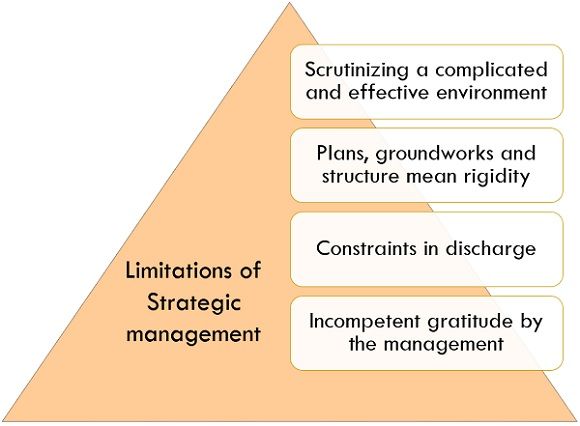
- Scrutinizing a Complicated and Productive Environment: Gathering of complete information regarding environmental changes like competitors, markets are not possible in real terms. Companies have to take the risk of analyzing the situation based on the available database.
- Plans, Groundworks and Structure Mean Rigidity: Strategic Management and planning slash the flexibility and specific leadership. All structure involves a definite amount of stiffness.
- Constraints in Discharge: A strategy may be appropriately perceived and defined; there may be a problem in discharge because of internal disputes, absence of inter-departmental planning or competent support from the top management.
- Incompetent Gratitude by the Management: On the success of the strategic planning and management process, the executing and planning teams may not get satisfactory recognition or benefits from the top authorities, but if in case the strategies fail, management won’t accept the condition. This usually demoralizes leadership and new or individualistic reasoning.
Characteristics of Strategic Management
Following are the characteristics of strategic management:
- It is inescapable, unified and organized management process.
- It is of long-term nature.
- It is often related to the external environment.
- It implements a long-term plan for navigating venture’s thinking and behaviour.
- It is a top management function.
- It is a continuous or endless process.
- It comprises both visionary and interpretive thought process.
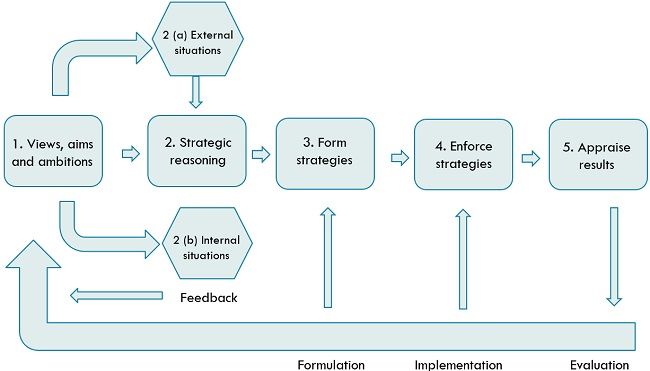
Elvin Joseph S says
This has been so helpful to me.